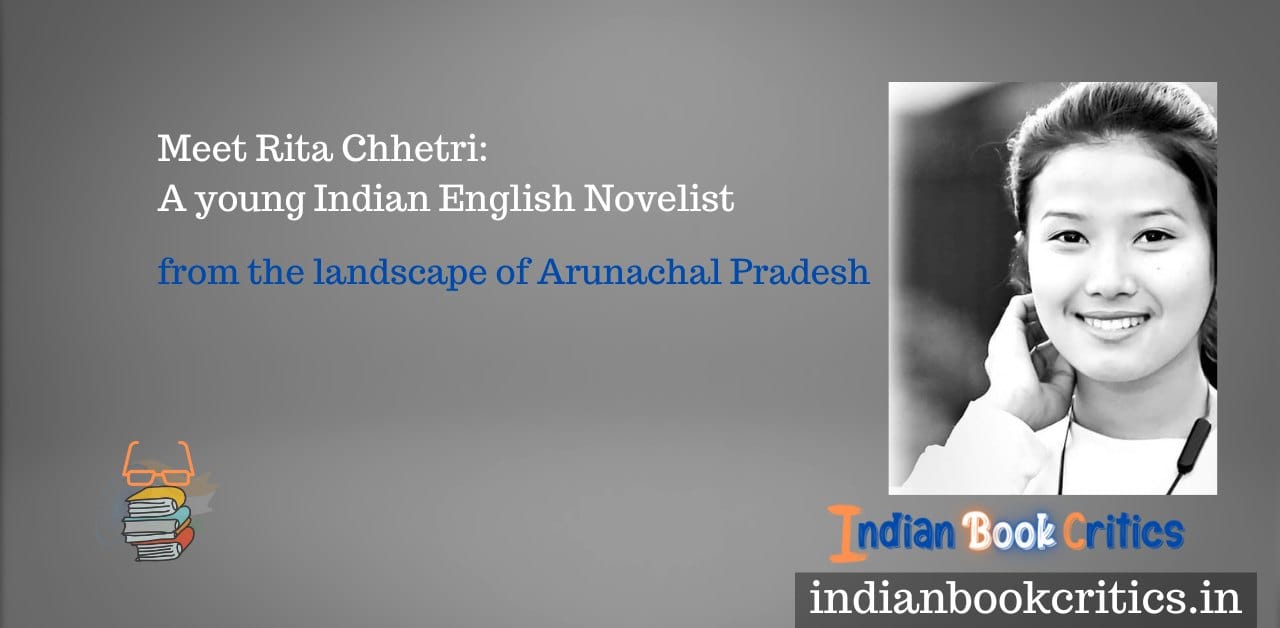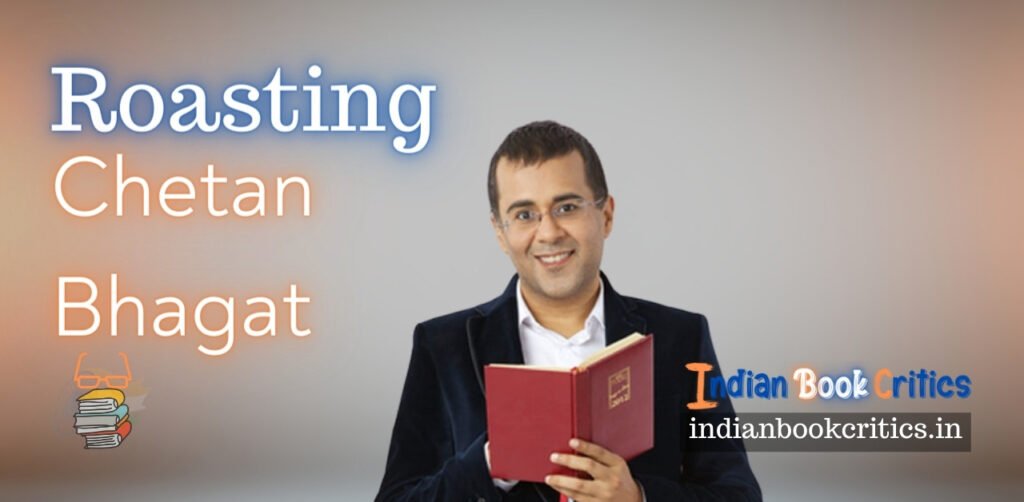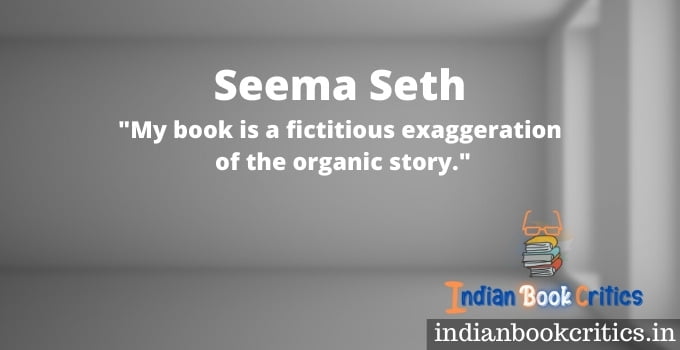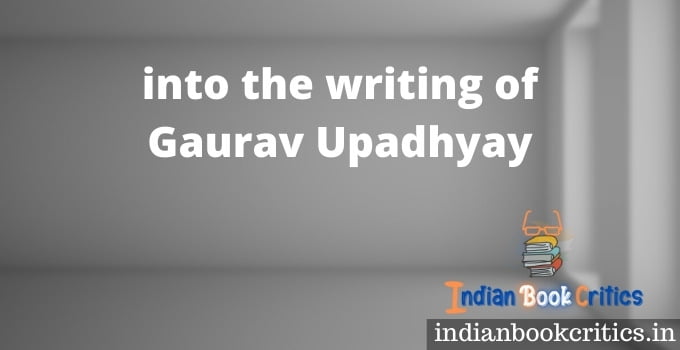It’s a rarity that I come across recommendations of reading young authors! I have been reading fiction for more than 20 years now (and seriously doing so). However, very rarely have I read authors in their early career phases producing something promising yet enticing. Nevertheless, when I find one, I cannot help but recommend them to young readers so that they understand there is diversity in Indian fiction. Not only does masala literature that does very well commercially exist; sensible literature does have its space, though limited. It exists. In today’s article, I voice my opinions in favour of Rita Chhetri, a young nuclear physics researcher who happens to be a novelist with potential for producing sensibly engaging fiction. Her latest novel, The Boy with the Red Balloon, set in Arunachal Pradesh, offers many poignant internal reflections.
In the sprawling landscape of Indian young adult fiction, a quiet yet powerful voice is emerging—one that speaks not in thunderous rhetoric or cheap thrills, but in measured wisdom, lyrical depth, and emotional authenticity. Rita Chhetri, a physicist-turned-author from the remote and serene environs of Vijaynagar, Arunachal Pradesh, brings a much-needed reprieve from the cacophony of market-driven storytelling to contemporary literature. Her debut novel, Boy with the Red Balloon, is a testament to the kind of writing that does not scream to be heard but gently demands attention through its truthfulness, artistry, and subtle grace.
At a time when many young Indian writers are preoccupied with crafting what can only be described as ‘masala stories’—light plots riddled with overused romantic tropes, contrived twists, and the occasional jargonised version of pop psychology—Chhetri’s writing reminds readers, especially those in their formative years, that literature can be both accessible and profound. Her narrative does not lean on sensationalism. Instead, it builds a quiet monument to the human spirit, resilience, and emotional introspection.
A Narrative of Emotional Depth and Psychological Insight
Rita Chhetri’s work resonates because it dares to explore the silences that define us. In one of the excerpts from her book, she writes:
“You must learn to distinguish between noise and music.
Not all that is loud carries meaning, and not all that is quiet is empty.”
This observation alone could guide young readers in navigating an increasingly chaotic world filled with digital distractions, performative emotions, and hollow affirmations. Chhetri’s prose is rich with life lessons—not in the form of sermonising, but as revelations delivered through carefully curated metaphors and thoughtful imagery. She doesn’t merely write to entertain; she writes to awaken.
Another poignant line reads:
“If you try to look at the world through the lens of your inner child, you may find wonders even in silence…
Innocence is not ignorance. It is the purest form of understanding.”
There is an innate maturity and balance here—Chhetri neither patronises her readers nor underestimates their capacity to grasp complexity. Teenagers, often seen as emotionally volatile or intellectually unready for serious literature, are given dignity in Chhetri’s world. Her writing invites them to reflect, to feel deeply, and to approach the world with curiosity and compassion rather than cynicism or rebellion.
Against the Tide of Frivolity
It is not uncommon to find shelves at bookstores groaning under the weight of books that promise “five-minute reads,” “campus love stories,” or “relatable heartbreaks.” While these certainly cater to a market demand, they often do so by diluting literary merit and perpetuating oversimplified versions of life. Authors in this category—usually propelled by aggressive marketing campaigns and social media branding—produce stories that resemble scripts for web series more than literature.
Rita Chhetri, by contrast, offers what one might call quiet resistance. Her writing evokes comparisons not to formulaic bestsellers but to introspective authors like Anita Nair, Anosh Irani, or even a young Ruskin Bond—not because of content, but because of the emotional and moral honesty with which she writes.
Her metaphor comparing the nervous system to music is instructive:
“You will be surprised to know that your nervous system functions even when you’re unaware.
It is like a background orchestra playing a tune that keeps your body alive.”
This is not just science transfigured into poetry—it is a powerful allegory for awareness and the subtle forces that shape human existence. In inviting teenagers to marvel at the workings of the body and the mind, Chhetri urges them to value stillness, introspection, and understanding—all but absent in mass-market youth fiction.
Rooted in Place, Expansive in Thought
Another distinguishing factor is Chhetri’s writing’s rootedness in the specific cultural and geographical context of Arunachal Pradesh. Yet, this rootedness does not restrict her narrative. Instead, it gives her story a distinctive texture. The contrast between the serene yet isolating landscape of rural India and the psychological turbulence of her characters offers a layered reading experience. Teenagers, who experience emotional disconnect even in bustling cities, will find resonance in Chhetri’s quiet yet profound portrayal of emotional solitude and the longing to belong.
Even the philosophical tones in her writing, such as:
“Life is not only what you see; it’s also what you perceive through introspection.”
—act as gentle provocations. They push young minds to begin the essential journey of self-reflection, a skill often dismissed in a world chasing validation and speed.
A New Canon for the Thoughtful Young Reader
In an era when books often become vehicles for building personal brands rather than meaningful discourse, Boy with the Red Balloon offers a genuine literary experience. Rita Chhetri writes not just to tell a story but to reveal a world, an emotion, and a silence worth exploring.
Her characters are not archetypes designed to titillate; they are human beings caught in the throes of real fears and aspirations. Harun, an orphan with a mysterious past, and Jayne, a girl from a broken home, do not exist to enact clichés but to challenge them. They remind readers that trauma has no easy closure, that friendship is a balm but not a cure, and that memory is both a burden and a blessing.
At Last, A Call to Teachers, Parents, and Young Minds
Teenagers and young adults are too often denied complexity in their reading diet. Rita Chhetri proves that complexity need not be forbidding. Her language is elegant yet accessible, and her themes are mature yet universally human. She is the kind of author young people should read—not because she tells them what to do or feel, but because she trusts them enough to arrive at those understandings themselves.
In the war between literature that soothes and stimulates and fiction that merely sells, Chhetri’s voice rings out like that background orchestra she so eloquently described—quiet, vital, and transformative.
You can get a copy of Rita’s novel from Amazon India – click here to buy one now!
Alka for Indian Book Critics




